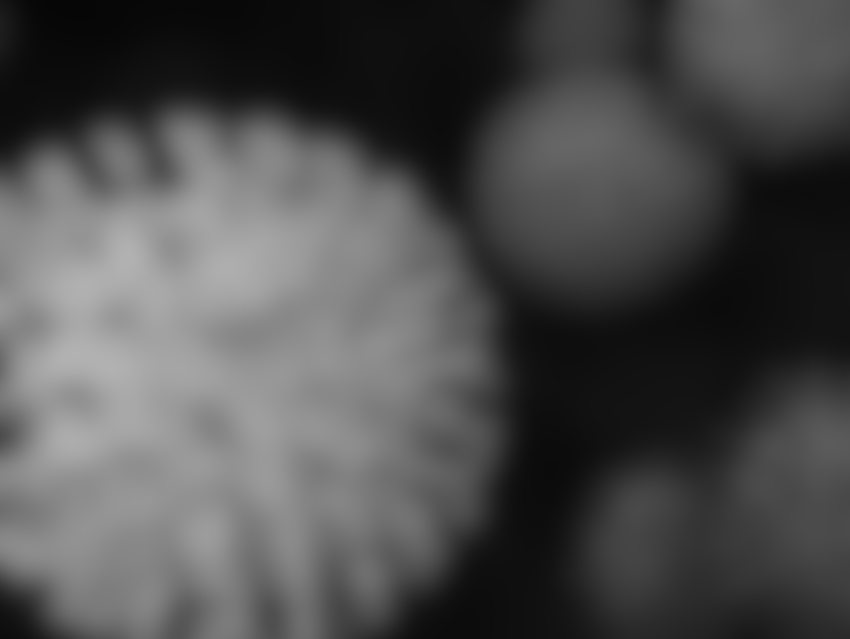The COVID-19 pandemic is caused by the coronavirus SARS-CoV-2. For the imaging of such viruses, researchers generally use methods such as scanning electron microscopy (SEM). However, this technique requires a conductive sample surface to prevent the formation of an electrostatic charge during measurements. Biological samples such as viruses, thus, need to be coated, e.g., with a thin layer of gold, but this can prevent the imaging of fine details.
In contrast to SEM, which uses an electron beam, helium ion microscopy (HIM) uses a beam of helium ions. This method provides high-resolution images with a large depth of field on a wide range of materials, not only with conductive surfaces. An electrostatic charge on the sample can be prevented by using electron irradiation in addition to the positively charged helium ions.
Armin Gölzhäuser, Bielefeld University, Germany, and colleagues have imaged the SARS-CoV-2 coronavirus with a helium ion microscope for the first time. The team studied SARS-CoV-2 infected Vero E6 cells, a type of monkey kidney epithelial cell. They were able to visualize the three-dimensional appearance of the SARS-CoV-2 virus and the surface of the Vero E6 cells. The resolution of the method allowed them to distinguish virus particles bound to the cell membrane from virus particles lying on top of the cell membrane.
The team found that after prolonged imaging, He+-beam-induced carbonaceous deposits form, resulting in a thin conductive coating and allowing for further imaging without charge compensation. The work shows the potential of HIM for bioimaging, e.g., for the imaging of virus–membrane and virus–virus interactions.
- Imaging of SARS-CoV-2 infected Vero E6 cells by helium ion microscopy,
Natalie Frese, Patrick Schmerer, Martin Wortmann, Matthias Schürmann, Matthias König, Michael Westphal, Friedemann Weber, Holger Sudhoff, Armin Gölzhäuser,
Beilstein J. Nanotechnol. 2021.
https://doi.org/10.3762/bjnano.12.13
Also of Interest
- Collection: SARS-CoV-2 Virus
What we know about the new coronavirus and COVID-19




